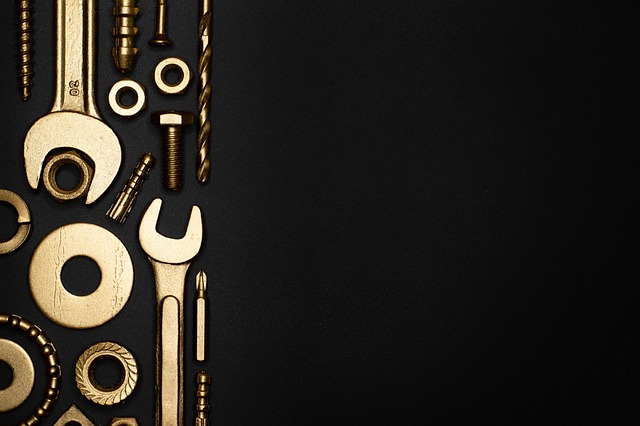Roof shingles, vital for protection, degrade over time, leading to leaks and structural issues. Common problems include worn-out or damaged shingles, flashing breakage, and debris buildup, causing water penetration. Regular inspections and timely repairs are crucial. Identify leak sources through interior and exterior checks, focusing on valleys, joints, and vulnerable areas. Use high-quality materials, match existing colors, and opt for repair kits with adhesive sealants. Check weather forecasts before starting. A two-step process involves replacement and sealing: inspect, replace missing shingles, then apply waterproof membranes to gaps and cracks. Annual maintenance, including gutter cleaning, sealing cracks, and applying waterproof membranes, extends roof lifespan. Complex issues requiring professional shingle roof repair services involve flashing or valleys. Investing in timely repairs prevents extensive damage, saves money, and increases home value, offering significant return on investment. Post-repair care includes regular inspections, keeping the roof surface clean, and maintaining attic ventilation to enhance overall health.
Roof shingle repairs are essential for maintaining your home’s integrity and preventing water damage. This guide delves into the common issues causing leaks, helping you identify problem areas. We provide a step-by-step approach to fixing damaged or missing shingles and offer waterproofing techniques for enhanced protection. Learn preventive maintenance tips to extend the lifespan of your roof. Additionally, we discuss when to hire a professional for complex scenarios, cost estimates, and post-repair care for optimal performance.
Understanding Common Roof Shingle Issues Leading to Leaks
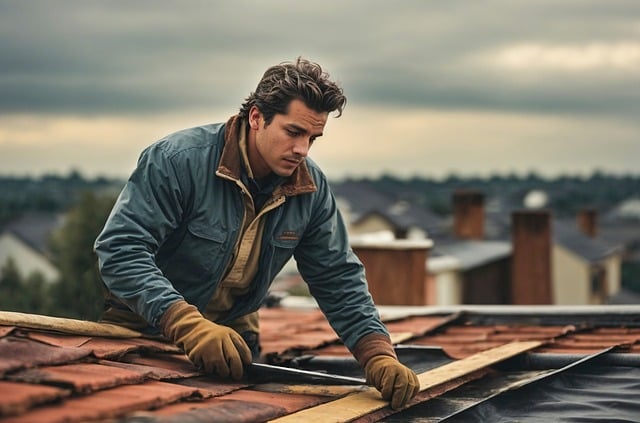
Roof shingles, though designed to protect your home from the elements, can develop issues over time, leading to leaks and other structural problems. Understanding common shingle roof repair needs is essential in maintaining a secure and dry living space. One of the primary causes of leaks is worn-out or damaged shingles. Shingles may curl, crack, or become loose due to extreme weather conditions, age, or poor installation. These issues create gaps that allow water to penetrate, causing damage below.
Another frequent problem is broken or missing flashings, which are protective layers that seal joints and vents on the roof. Flashings prevent water from seeping into cracks and openings, so their deterioration or absence can significantly increase the risk of leaks. Additionally, debris buildup, such as fallen leaves or branches, can obstruct shingles, hindering water drainage and creating areas prone to moisture intrusion. Regular inspections and prompt repairs for these issues are key to preventing significant damage caused by water leakage.
Assessing the Scope of Damage: Identifying Leak Sources

When addressing a leak in your home, assessing the scope of damage is crucial for effective shingle roof repair. Start by inspecting the interior for water stains or discoloration on ceilings and walls. These indicators can pinpoint the general area where the leak is originating from. Next, carefully examine the exterior of your roof during dry weather conditions. Look for missing, curled, or damaged shingles, as these could be contributing factors to water intrusion. Cracks in flashing or deterioration around chimneys and vents are also common leak sources.
Focus on areas where debris accumulation is more pronounced, as this can obstruct water drainage and lead to localised damage. Pay close attention to valleys and joints, where shingles meet, as these are vulnerable points that often require repair or replacement. By systematically identifying these leak sources, you’ll be better equipped to undertake the necessary shingle roof repair, ensuring a dry and secure living space.
The Right Tools and Materials for Shingle Roof Repair

When undertaking a shingle roof repair, having the right tools and materials is essential for achieving a durable fix that prevents future leaks. For starters, you’ll need a selection of roofing nails, ideally made from corrosion-resistant materials like stainless steel. A hammer or nail gun will be necessary to secure these nails properly. Additionally, a ladder, safety equipment, and a trowel for applying sealant are indispensable items.
For the materials aspect, opt for high-quality shingles that match your existing roof’s color and style. Repair kits often include adhesive and sealant specifically designed for roofing applications. These products create a strong bond between the old and new shingles, effectively sealing any gaps or cracks that might be causing leaks. Don’t forget to consider weather conditions – always check forecasts before beginning repairs to ensure optimal working conditions.
Step-by-Step Guide: Fixing Damaged or Missing Shingles
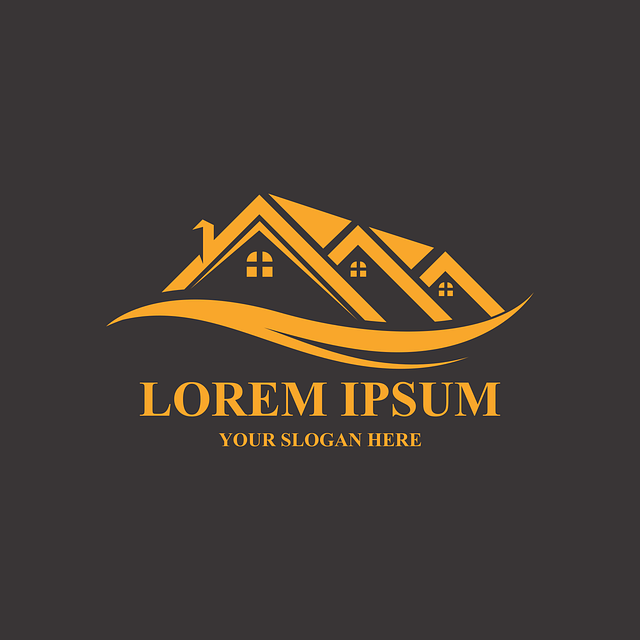
Step-by-Step Guide: Fixing Damaged or Missing Shingles
The first step in addressing a leak is identifying and repairing damaged or missing shingles. Start by inspecting your roof from the ground using a ladder, focusing on areas where leaks are suspected. Once located, carefully remove any loose or missing shingles using a shingle puller or a hammer and nail set. This process reveals the underlayment and any underlying damage that might be contributing to the leak.
Next, obtain replacement shingles matching the size and style of your existing ones. Ensure proper ventilation in the attic space before beginning repairs. Install new shingles by starting at the bottom edge of the roof, securing them with nails or staples, and working upwards. For damaged underlayment, replace it as needed before installing fresh shingles. Properly sealing all joints and edges helps prevent future leaks, ensuring your shingle roof repair is both effective and lasting.
Sealing and Waterproofing: Techniques for Effective Protection

When addressing a leak in your shingle roof, sealing and waterproofing are critical components of any effective repair. Start by inspecting the entire roof surface for damaged or missing shingles, which could expose underlying layers to moisture. Once identified, replace these shingles with new ones that match the existing material, ensuring a secure fit to prevent water intrusion.
After the roof is repaired, it’s crucial to apply a high-quality waterproof membrane or sealant. This barrier protects against leaks by sealing gaps and cracks, especially around roof valleys and chimneys. Modern sealing techniques include applying a coat of water-repellent paint or using specialized shingles designed with built-in waterproofing properties. These methods provide long-lasting protection, enhancing the overall durability of your shingle roof repair.
Preventive Measures: Regular Maintenance Tips for Longevity
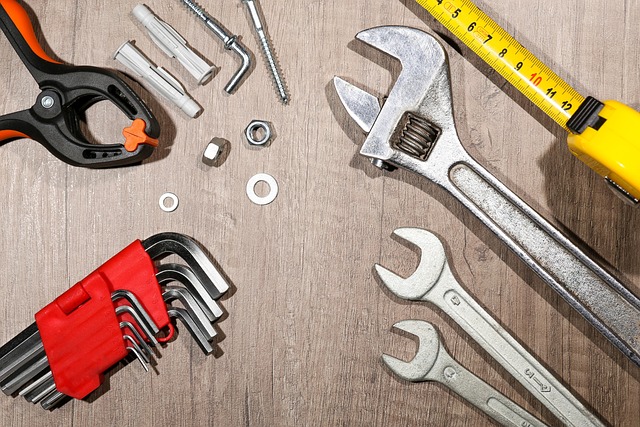
Regular maintenance is key to prolonging the life of your shingle roof and preventing costly repairs, such as shingle roof repair. Here are some essential tips: Firstly, inspect your roof annually for any signs of damage, including missing or damaged shingles. This simple step can catch issues early on before they turn into major leaks. Keep gutters clear of debris to ensure proper water flow away from the roof, which reduces the risk of moisture-related problems.
Additionally, consider sealing any cracks or gaps around chimneys and vents. These areas are common problem spots that can lead to leaks. Applying a waterproof membrane to the edges of the shingles can also provide extra protection. Remember, these preventive measures not only save you from extensive shingle roof repair but also contribute to maintaining your home’s overall structural integrity.
When to Call a Professional: Complex Leakage Scenarios
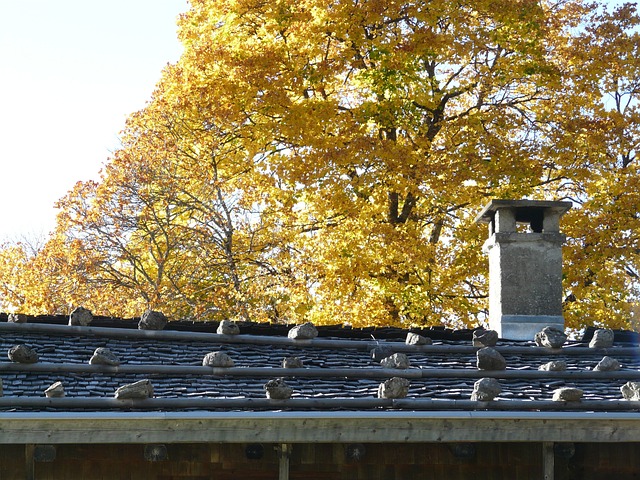
If you’re dealing with a leaky roof, it’s crucial to identify the source and determine whether it requires professional intervention. While minor leaks can sometimes be addressed by homeowners, complex scenarios call for expert attention. Multiple or persistent leaks, especially those involving flashing or valleys, are signs that a professional shingle roof repair service is needed.
These intricate areas of a roof are often challenging to access and require specialized tools and knowledge to fix effectively. Flashing, which seals joints and openings, and valleys, where two roof planes meet, demand precision during repairs. Attempting these fixes without proper experience can lead to further damage or ongoing leaks. Thus, when the issue is beyond DIY capabilities, it’s best to contact a roofing professional for a thorough assessment and efficient shingle roof repair solutions.
Cost Estimates and ROI: Investing in Roof Shingle Repairs
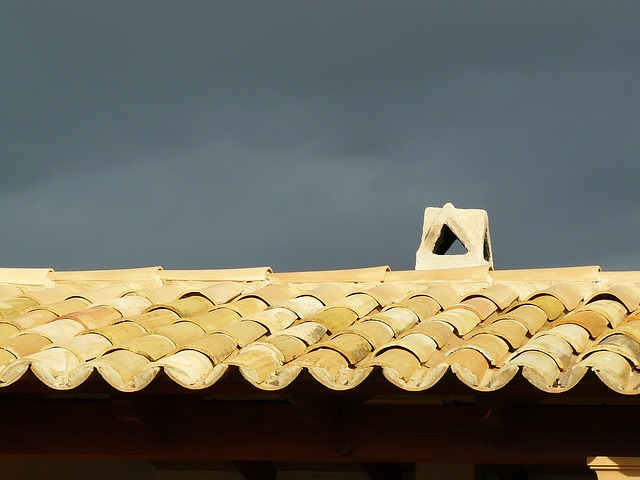
Investing in shingle roof repair can seem like a significant upfront cost, but it’s crucial to consider the long-term benefits and return on investment (ROI). While initial expenses for materials and labor vary based on the severity of the damage and local market rates, it’s important to remember that timely repairs prevent further damage. Leaks left unattended can lead to rot, mold, and extensive interior damage, all of which are far costlier to rectify than a simple shingle repair job.
Moreover, many insurance policies cover roof repairs due to storms or other covered events. By getting your roof checked and repairing any issues, you could save money on future claims. In the long run, a well-maintained shingle roof can enhance your home’s value, ensuring a solid ROI for your investment in roof shingle repair.
Post-Repair Care: Ensuring Optimal Performance
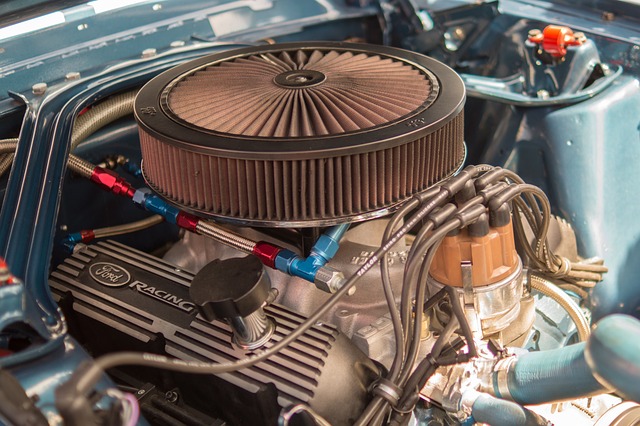
After successfully repairing a leaky roof, proper post-repair care is essential to ensure optimal performance and longevity of your shingle roof. This includes regular inspection to verify that all repairs were effective and effectively sealed, preventing any future leaks. It’s also crucial to keep the roof surface clean and free from debris like leaves or branches, as these can obstruct water drainage and potentially cause new issues.
Additionally, maintaining proper ventilation in the attic space is vital. Good airflow helps regulate temperature and humidity levels, reducing the risk of damage to shingles due to extreme conditions. Ensuring your vents are clear and functioning correctly contributes significantly to the overall health of your shingle roof, enhancing its resistance against future leaks and extending its lifespan.
